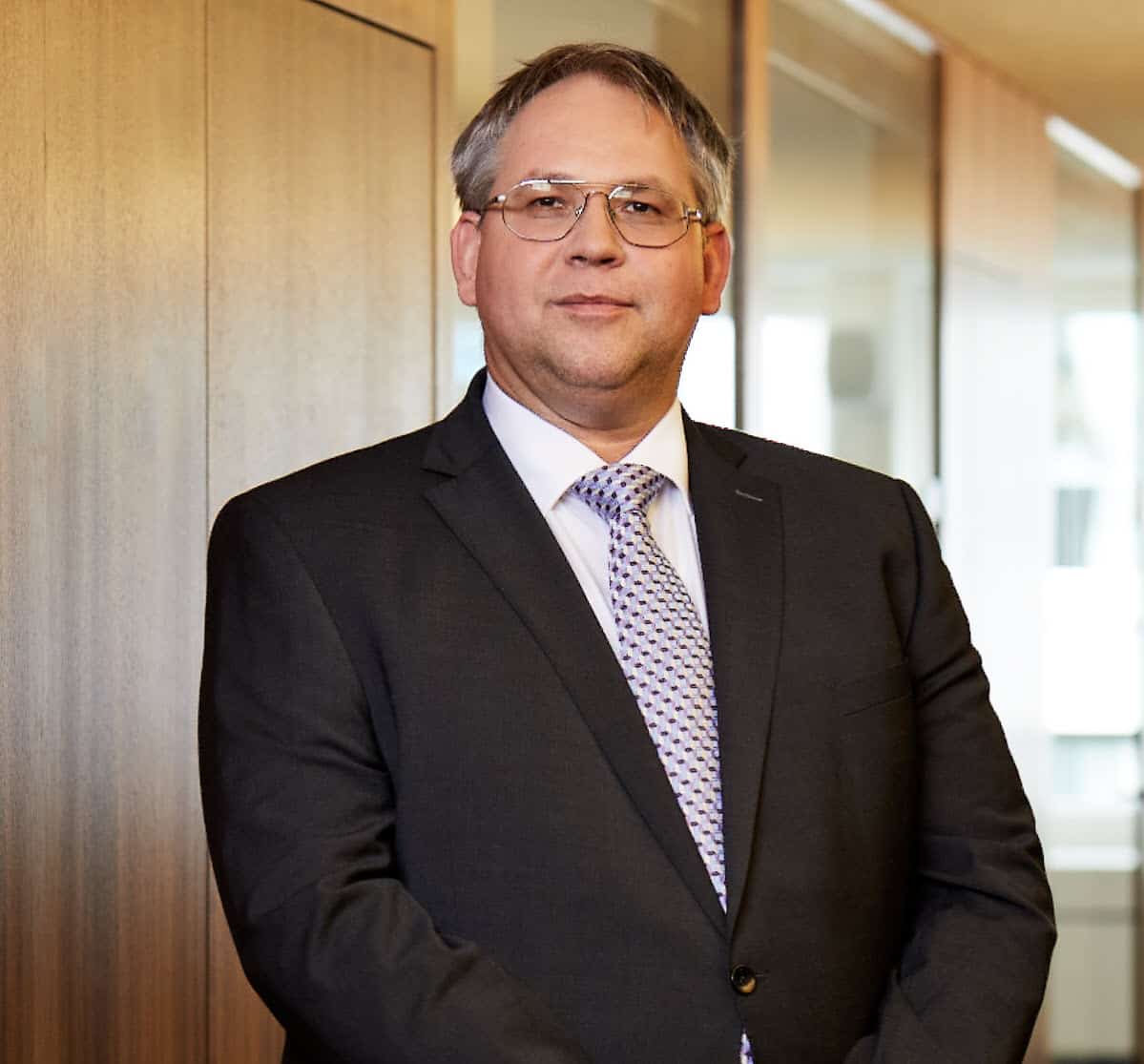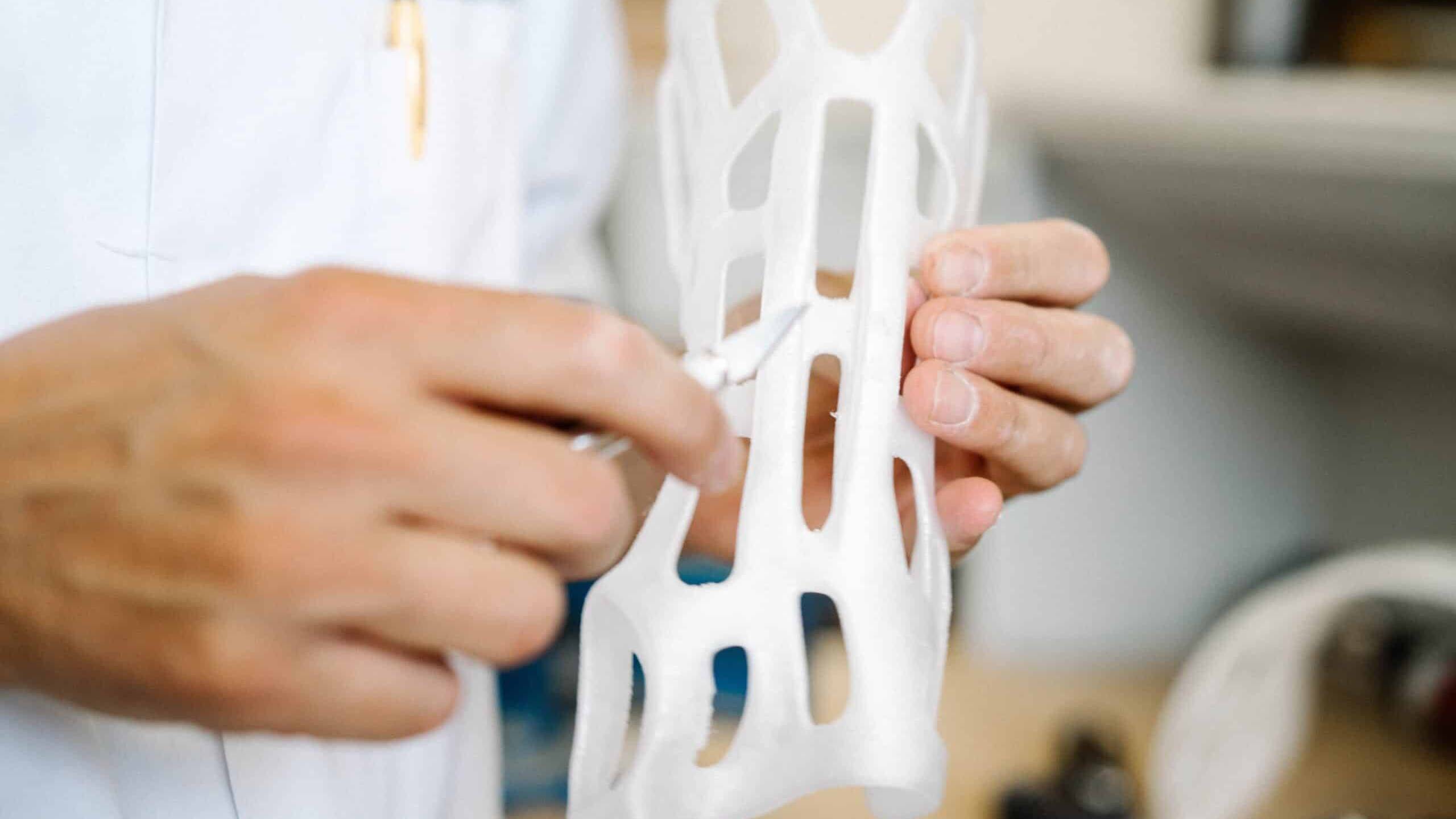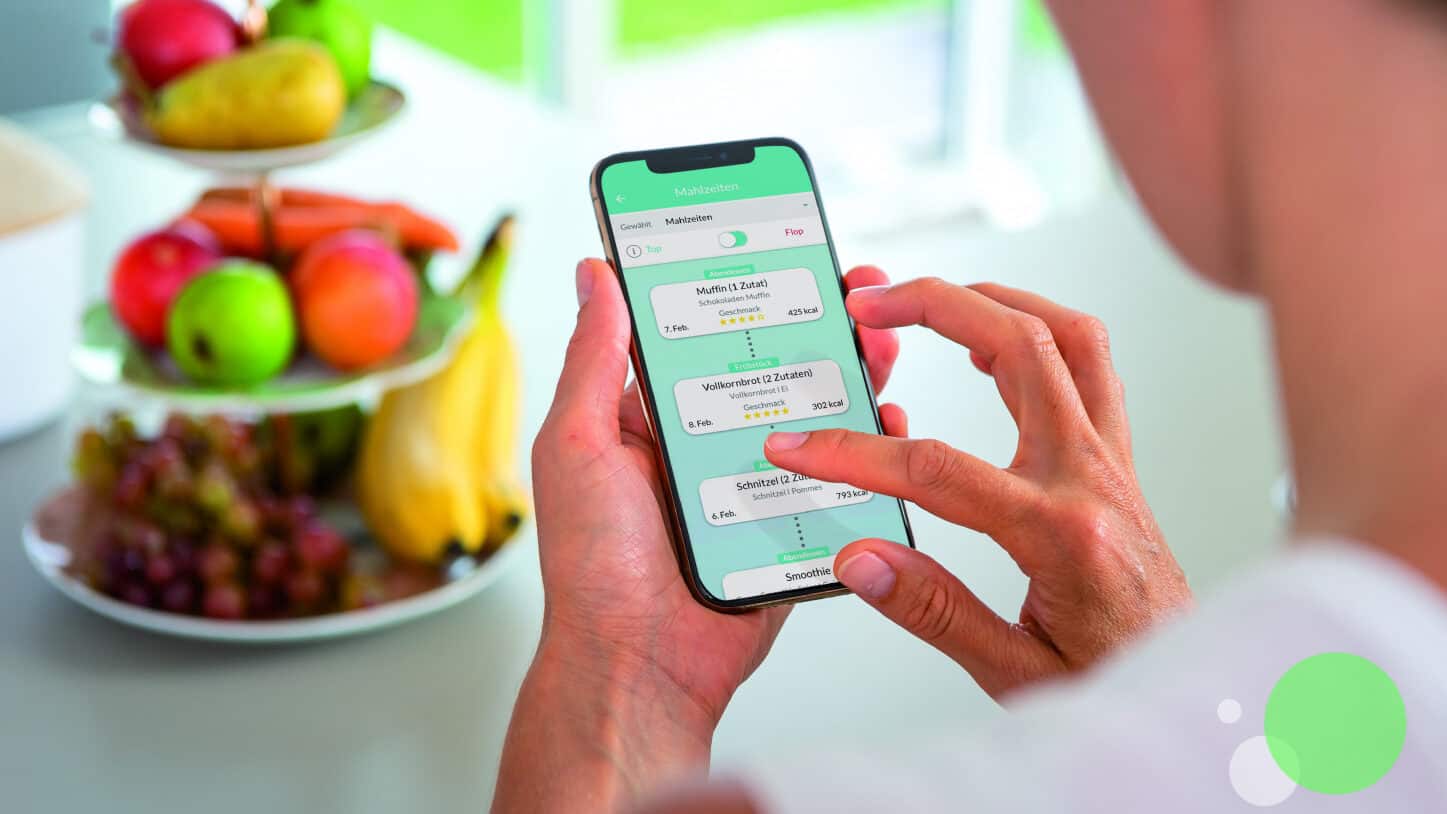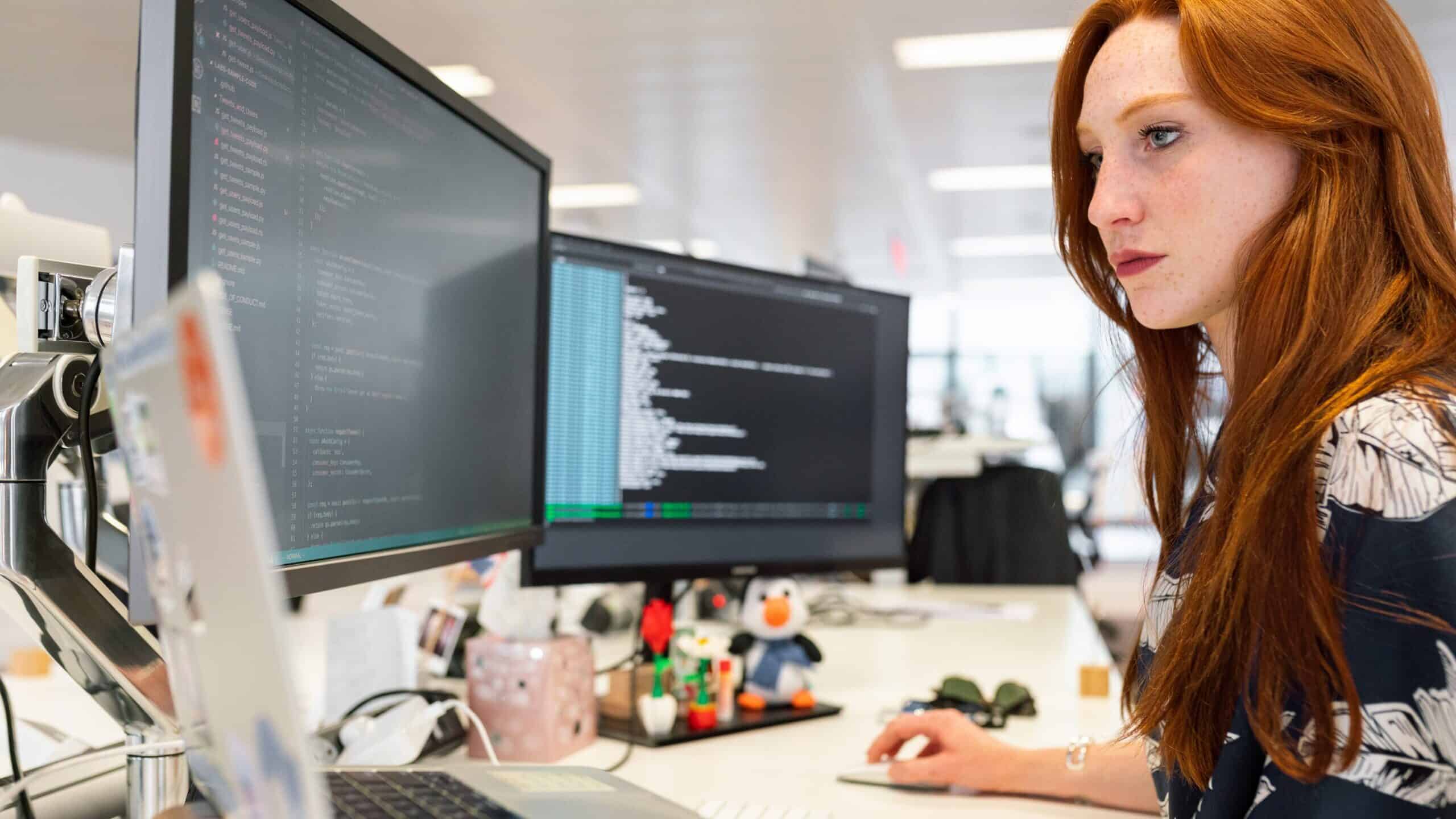In this interview, patent attorney Axel Remde explains what potential buyers are looking for when it comes to the protection of technical inventions, where the pitfalls in a patent application lie and how to structure the application process to be as efficient as possible.

Patent Attorney, RENTSCH PARTNER
Axel Remde, Ph.D. is European and Swiss patent attorney at RENTSCH PARTNER in Zurich. Axel worked for a Swiss medical technology company, first in the technology development, afterwards as in-house consultant for technical statistics and design of experiments, and as patent engineer before joining RENTSCH PARTNER in 2012. He is a member of the executive committee of the Professional Group Life Science at Swiss Engineering, a professional association for engineers and architects.
Many startups do a so-called Freedom to Operate (FTO) analysis to find out if their technology infringes someone else’s patents. How should an investor interpret the results of this analysis?
First of all, it is important to note that if a startup owns patent applications or even granted patents, this doesn’t automatically mean that it can produce, offer or sell a product (or a process, for which the same principles generally apply) on the market without infringing someone else’s patents. An FTO tries to answer the question if an infringement is likely or not, and that is, of course, a good thing to know. But as an investor, you should have realistic expectations about what an FTO analysis can deliver. In the end, the possibility of infringing a third party’s patent is a business risk among others you cannot eliminate completely. A thorough FTO is expensive and can easily cost a substantial five-digit amount in EUR even for a moderately complex product. A startup would probably rather not spend that kind of money, while for investors, the outcome of an FTO analysis might be essential information. While FTO is certainly advisable to a certain extent, the key question is to find an appropriate balance between reducing the risk of infringement and expenditures for an FTO. In any case, the result is just an indication since it will usually not be possible to get absolute certainty in this regard for principal as well as practical reasons. This applies in particular to innovative products. For example, and maybe most important, patent applications get published only 18 months after filing, so there is a systematic blind spot. Also, before a patent is actually granted, it is sometimes difficult to estimate what the scope of protection resulting from the claims will exactly look like at the end of the day. Also, virtually every subsequent modification of a product design that was used as basis for conducting an FTO may have an impact on the outcome. Therefore, appropriate timing is crucial.
Is the result of an FTO a simple yes or no?
If an FTO states that there are no risks whatsoever, I’d be very skeptical. A serious FTO will identify where possible risks lie, if they concern features of the product that are nice to have, or if they cover the very core of the product. When interpreting the result, you should also consider which countries are covered by the FTO and whether the FTO considers the risk of an infringement in individual countries separately. Ideally, all relevant target markets of the company should obviously be covered, but some compromise may be necessary in this regard for cost reasons. So, a simple “yes” or “no” is certainly not appropriate.
“An application is like a wish list for Christmas, and what exactly you’ll find under the tree you’ll see on the day the patent is granted.”
First, a company files an application for a patent, and only several years later, it will be granted. How solid is the protection an application offers?
An application is like a wish list for Christmas, and what exactly you’ll find under the tree you’ll see on the day the patent is granted (laughs). A patent application is often written with a broad scope, and the patent will usually be granted with a narrower scope. Now, when it comes to enforcement in court, you need a patent that is already granted. This being said, there are several stages during the examination of a patent application, and after a certain stage, you will have a decent understanding of the results you can expect even if not yet granted. This level of information might already be enough to engage a competitor and discuss, e.g. a licensing. Any serious company will usually try to avoid a patent infringement. Also, it is worth noting that already the published patent application gives in principle rise to a claim for damages before grant, even if such claim is normally not directly enforceable. But just having filed an application with broad claim scope will not deter a competitor though. And even if a patent has already been granted, you can’t be too sure of what it’s worth.
Why is that?
Every country knows invalidation or nullity proceedings by means of which a patent that shouldn’t have been granted can be revoked or limited in scope. Similarly, there is the possibility of attacking a European patent after grant in opposition proceedings before the European Patent Office. A revocation or limitation is possible if the patent office didn’t take all relevant prior art into account or if the granted patent suffers from another serious deficiency. In the majority of cases where a patent undergoes invalidity proceedings, the patent is in the end found fully or partly invalid.
But still, a granted patent is better than just an application, right?
You shouldn’t think that the faster a patent is granted, the better. A pending application creates insecurity for your competitors since the competitors cannot be sure what will be actually granted. Also, you can branch-off divisional applications from a pending application, which cover new aspects that are described but not claimed in the original application. By doing so, you can sometimes tailor the application to cover a competitor’s product. A well-written application can therefore be powerful in itself. While it is certainly desirable to have a granted patent at some point, the grant as such should not be overestimated. However, if you want to seriously act against an infringer in front of a court, you need the granted patent.
“You shouldn’t think that the faster a patent is granted, the better.”
How long does it take from application to patent?
On a European level, it might take, on average, 3 to 5 years. Some countries know ways to speed up the process, but I’ve also seen instances where the application is still pending after more than 10 years. Some countries, for example Germany, also know so-called utility models that are registered without substantive examination within typically a few number of months and can be used if some level of protection is required very quickly. Also, for example a Swiss patent application is not examined for novelty and inventive step. Therefore, the proceedings can be accelerated and a quick grant is normally possible if desired.
A startup that has developed a prototype of a device will usually still work on it for a long time, to optimize it for manufacturing and improve it. What are the challenges of writing a patent application while still changing the details of a device?
One central principle in most countries is the requirement of absolute novelty when filing a patent application. This means that you must not publish or present information regarding the working principle, the construction or crucial features e.g. in a journal or at a conference. You must also not describe it on your website or show it at a trade fair and you cannot even discuss it with a potential investor or component supplier without explicit confidentiality (i.e. usually a written NDA) before filing the application. This is a critical point, and many patent claims that are denied fail because of this reason. The novelty requirement calls for an early filing. Another central principle, however, is sufficiency of disclosure. A patent grants you a commercial monopoly, but in return you need to share your knowledge and technical insights with the world to a certain extent. This means that you need to describe the working of the device in enough detail, so that a qualified person could in theory build it based on the published patent application and general technical knowledge. Also, it is highly advisable to have a sufficient reservoir of technical details and design alternatives as fallback positions if required during examination or in post-grant proceedings. Therefore, it is in most cases too early to file an application when you just have an idea. Truly valuable inventions often happen often in the lab or workshop, when you need to overcome practical limitations or have to solve problems that typically arise during development. Filing a patent application without sufficient disclosure or good fallback positions is an error you cannot remedy later. So in general, it’s prudent not to file an application too early, when major points haven’t been figured out yet. This being said, you don’t need to wait until you have the final commercial product, either.
To sum that up, is it enough to describe all essential principles of an invention, and the construction details can still be changed later?
Details of design don’t need to be described, but design choices that have an impact on aspects such as production costs or reliability of the device should be covered. A multi-step approach is often feasible, where a first patent application covers the basic invention, and subsequent applications cover major aspects and the specific design of the actual product. This makes sense from an economic point of view as well, because you can defer part of the costs for building your patent portfolio to a later point of time. Also, there is a time span of one year after filing a so-called priority-founding application, i.e. the very first application for an invention, in which further applications can be filed, for example in further countries, for the same invention. In some cases, certain improvements may be added in such further applications. As an example, if it is clear from the beginning that a part needs to be electrically conductive, and you later realize that an aluminum- copper-iron alloy is best suited for that part, you may specify and claim this in the subsequent applications.
What is a “patent family”?
This isn’t a legal term, but it is widely used to cover all the pending patent applications and granted patents concerning one and the same invention in different countries. There are different approaches for building a patent family. A typical way is to file a first or priority application in one country, usually your home country, and then do follow-up applications in other countries to extend the geographical coverage close to the end of the one-year time span from the priority-founding application. Very often, instruments such as a European patent application and a so-called International patent application (PCT-application) are used for practical and cost reasons.
How does a startup decide which countries need patent protection?
This is a business decision, and the financial means are usually the limiting factor. By way of example, for an invention of medium technical complexity, the costs for filing and prosecuting a patent application until patent grant may cost about 40k to 80k EUR if you are seeking protection in some European countries, for example Germany, Switzerland, France, the UK and Italy, and maybe the US and China as non-European countries. If you add for example further Asian countries like Japan or Korea – which will like China require a translation, costs can increase significantly. Usually you want in any case to cover your home country and your most important markets, the domicile of your competitors, and maybe your major suppliers and contract manufacturers. A patent grants a commercial monopoly, and ideally you secure such a large part of the pie that the markets that are left become irrelevant or uneconomic for your competitors. For a MedTech startup, this might mean the major European markets like Germany, France and UK, maybe Scandinavia because they’re strong in MedTech as well, and the US, maybe Canada, and then often China, Japan, and maybe Korea. But you need to take into account that translation and prosecution costs are substantial, and also most countries require the payment of regular annuity fees to keep the patent application and later the patent alive. Also, you need to think about what a patent in a country is worth if you might not be able to actually spot an infringement or if you don’t have the resources and the financial strength to do so. A reasonable approach is often to protect core inventions geographically broadly, and more secondary inventions, such as “nice to have” features, in fewer countries.
How does the process of geographical expansion of intellectual property work exactly?
The basis is the Paris Convention for the Protection of Industrial Property from 1883, which is still in force and has been signed by 177 nations. Among others, it stipulates that you can file a first or priority-founding application in one country and then have one year, the so-called priority year, to file subsequent applications for the same invention as already described in the priority-founding application. These subsequent applications will be treated as if it the had been filed on the same initial date as far as the assessment of patentability is concerned. It’s important to note, however, that every single country will generally examine the application independently and according to its national provisions. Therefore, the outcome may well be different for different countries.
Is there no way to file a worldwide application?
The European Patent Convention provides a procedure for filing a European patent application before the European Patent Office with a centralized common filing, examination and grant procedure. A European patent doesn’t just cover the EU, but can be used to cover up to 38 countries, which include the UK, Norway, Switzerland and Turkey, for example. After grant of the European patent, however, costs occur in every country where the patent shall actually be in force. There are also some other similar instruments, such as the Eurasian Patent Convention for Russia and a number of further countries. There is no world patent, but there is another international treaty that is highly relevant also for startups as it greatly simplifies filing of patent applications in more than 150 countries in a single proceeding.
Why?
The one year you have after filing a priority-founding application for further filings is over very quickly, and if your budget is constrained, as it is the case for every startup, you might in principle only be able to afford to add the US and a European patent application or a few direct applications in European countries. If a potential buyer later finds that IP protection in China, Japan, Canada and Brazil would be very relevant, you cannot add those countries later on. But there is a way to buy more time, which is the filing of a so-called International or PCT application under the Patent Cooperation Treaty (PCT). The PCT grants you at least 30 months from the filing of the priority-founding application to decide which countries you want to choose, and this additional time is often very valuable for a startup. Not only can you push a big cost block farther into the future, but you might be able to raise additional funds in the meantime, which will allow you to cover more markets. Typically, a PCT application is filed at the end of the priority year. However, you should be aware also the 30month may pass more quickly than you expect…
You mentioned a potential buyer, what are the most relevant patent-related points that buyers will look at?
In my experience, if large companies have mustered the potential will to buy a startup, they often don’t care too much about the details (laughs). On a more serious note, they may not be too interested in the number of patents or applications but will ask the startup: Which e.g. three are the most relevant ones ? Then they will look more closely at these and ascertain if they sufficiently protect the technology for which the start-up shall be acquired and if they’re sufficiently broad. For an application, they will consider if it is likely that the patent will be granted and what it may ultimately protect. Also, they will typically want to know if the relevant markets are covered. They will normally consider if there is or was an ongoing litigation or similar proceedings, for example an opposition in case of a European patent, and they will judge if and to what extent the validity of the patent is actually threatened. But litigation or the like need not necessarily to be a showstopper. In fact, they are also a sign that your patent covers something of relevance for third parties. Of course, there are also cases where a due diligence includes the evaluation of a complete portfolio case, by case, or, as the opposite extreme, only a number of key figures is looked at without going into any detail. Typically, the best thing is to have a nice mix of patents that are already granted and applications which are still malleable and give the buyer room to maneuver.
Written by
WITH US, YOU CANCO-INVEST IN DEEP TECH STARTUPS

Verve's investor network
With annual investments of EUR 60-70 mio, we belong to the top 10% most active startup investors in Europe. We therefore get you into competitive financing rounds alongside other world-class venture capital funds.
We empower you to build your individual portfolio.
More News
03.08.2021
Challenges for the Medtech industry
In this interview, Roman Iselin talks about his experience in Medtech, the changing regulatory environment, and the challenges startups and companies face.
15.07.2021
Hot or Not?
5 Thoughts on German Digital Therapeutics
In this article, Perfood CEO and founder Dominik Burziwoda shares some thoughts on risks and opportunities within the digital therapeutics space.
26.11.2020
“Software startups need to invest more in their patent portfolios”
What software can be patented? What is Spotify up to with its newest patents? What should startups and investors know about intellectual property? In this interview, patent attorney Fabian Fegers, who also counsels one of Germany’s most active investors, has the answers.
Startups,Innovation andVenture Capital
Sign up to receive our weekly newsletter and learn about investing in technologies that are changing the world.




